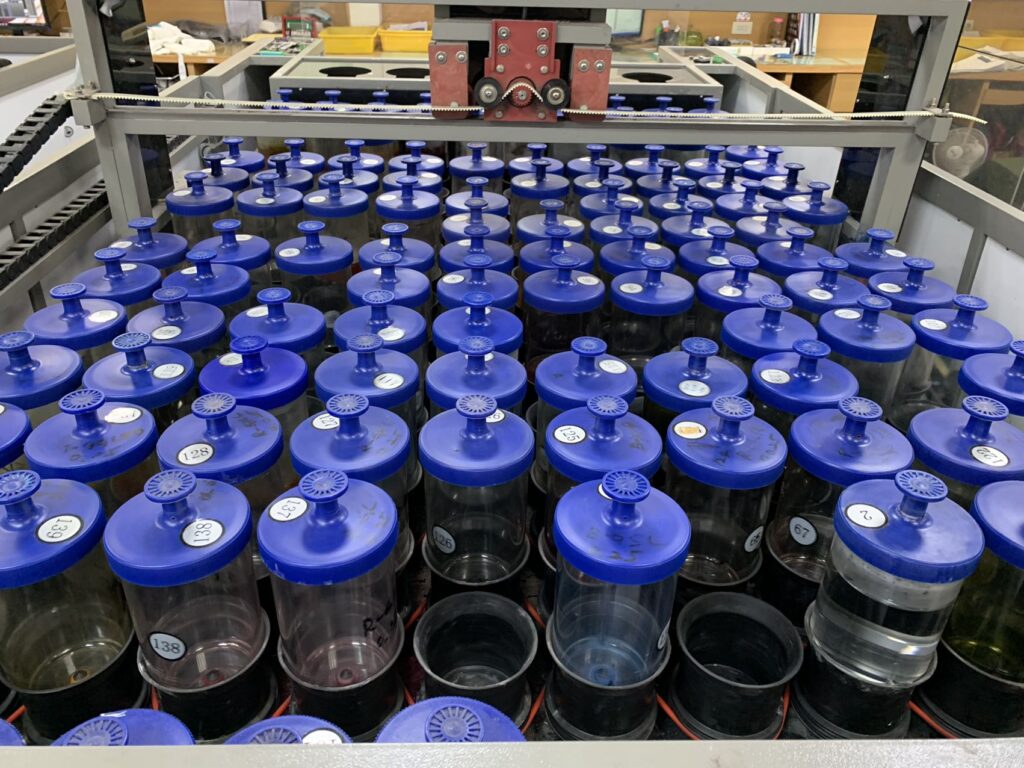
Starting
Lab dip colors as customer’s requirement.
Testing color fastness.
Jet Dyeing machine for sample and bulk
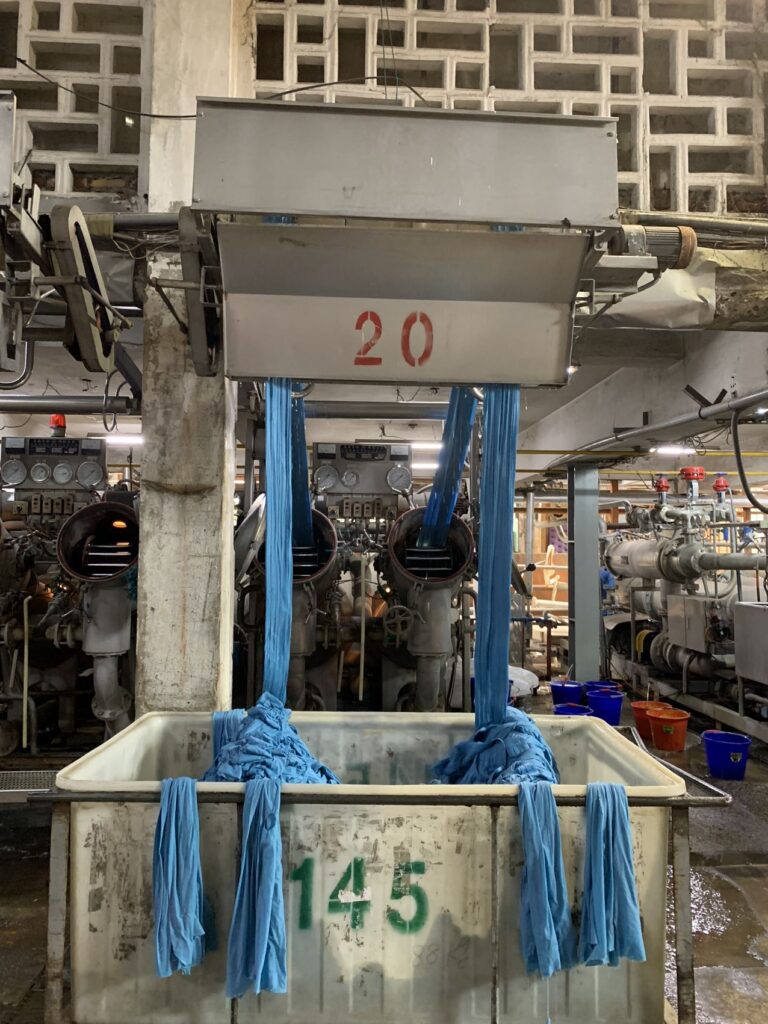
Fabric dyeing and finishing are critical steps in textile manufacturing that give fabrics their desired color, appearance, and performance characteristics. These processes require specialized machines and a carefully controlled production environment to ensure consistency, quality, and safety.
1. Fabric Dyeing Machinery
a. Jet Dyeing Machine
Used mainly for synthetic fabrics or knitted materials. The fabric is circulated along with dye liquor under pressure and high temperature, allowing for even and efficient dye penetration.
b. Jigger Dyeing Machine
Used mainly for woven fabrics. The fabric is wound from one roller to another through a dye bath, back and forth, allowing even dyeing.
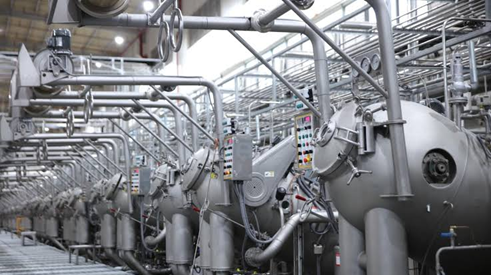
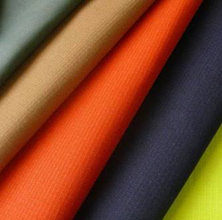
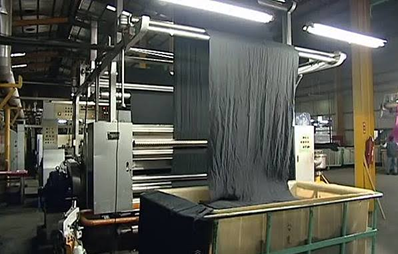
2. Finishing and Setting Machinery
a. Stenter Machine
One of the most important machines in finishing. It is used for heat-setting, drying, and width control. Fabric is held at the edges and passed through a heated chamber to stabilize dimensions and improve surface appearance.
b. Calendering Machine
A finishing process where fabric is passed between heated rollers to give it a smooth, glossy, or patterned finish.
c. Brushing Machine
Used to create a soft, fuzzy surface by lifting the fibers on the fabric’s surface. Common for flannel and fleece fabrics.
3. Factory Environment
A controlled factory environment is essential for safe, efficient, and high-quality dyeing and finishing operations.
- Temperature and Humidity Control
Dyeing processes often require specific temperature ranges. Consistent humidity helps avoid uneven dyeing or shrinkage. - Ventilation and Fume Control
Dyeing and finishing involve chemicals and high temperatures, so proper exhaust systems and ventilation are crucial to protect workers and ensure air quality. - Water Treatment Facilities
Dyeing generates wastewater. Modern factories include Effluent Treatment Plants (ETPs) or Zero Liquid Discharge (ZLD) systems to treat and recycle water, complying with environmental standards. - Cleanliness and Organization
A clean, organized factory layout helps prevent cross-contamination of colors or chemicals and promotes efficiency. - Safety Measures
Operators must use personal protective equipment (PPE), and machines are equipped with safety interlocks and emergency shut-offs.
Our Mission
Fabric dyeing and finishing are highly technical and resource-intensive processes that require advanced machinery and a well-regulated production environment. By investing in modern equipment and sustainable practices, textile factories can ensure high product quality, worker safety, and environmental compliance.
